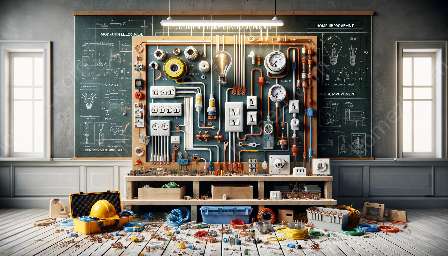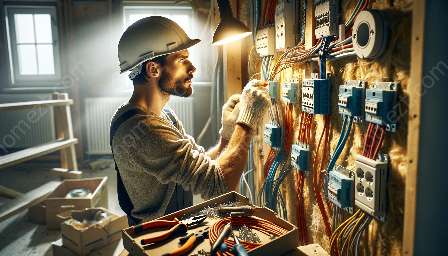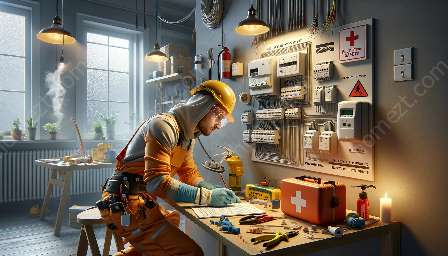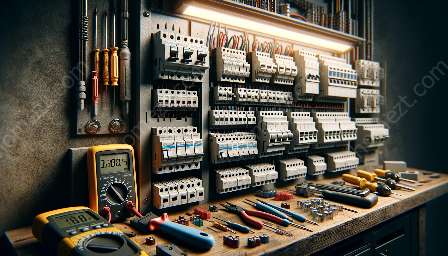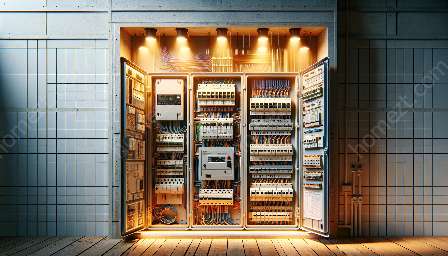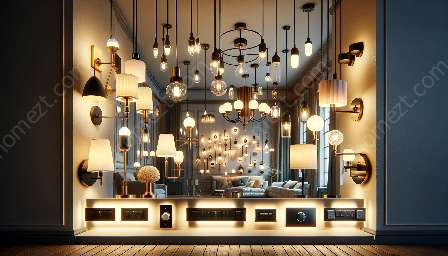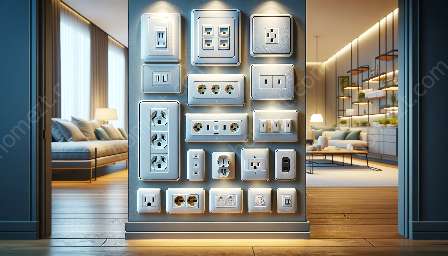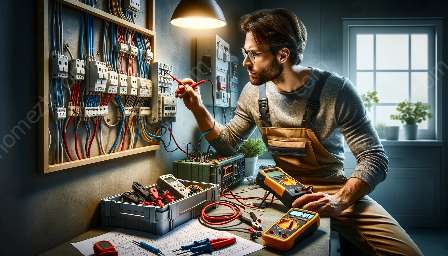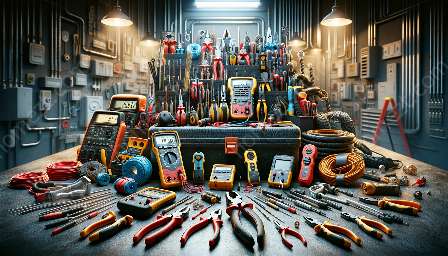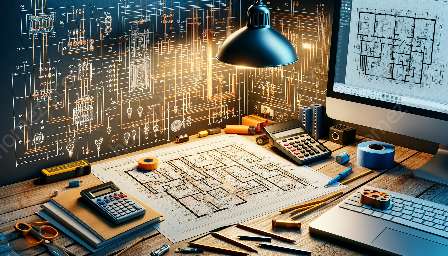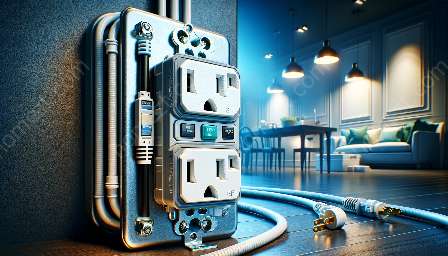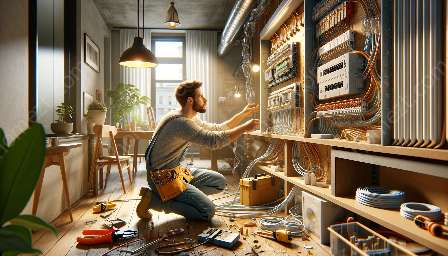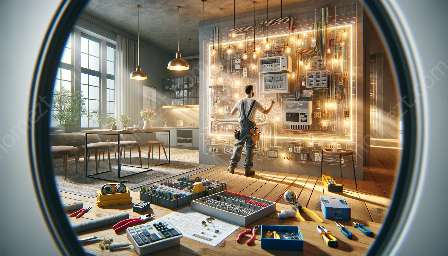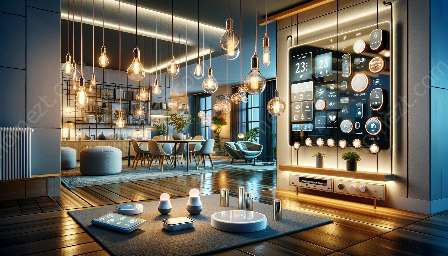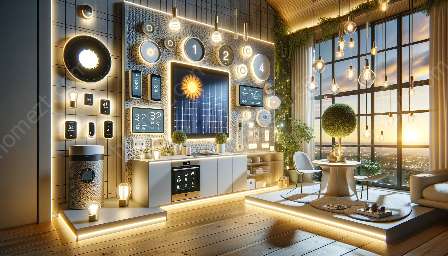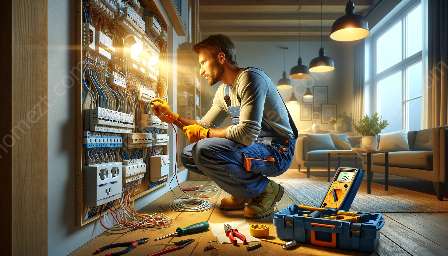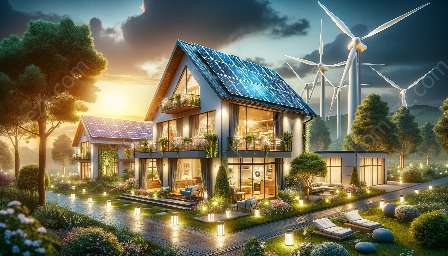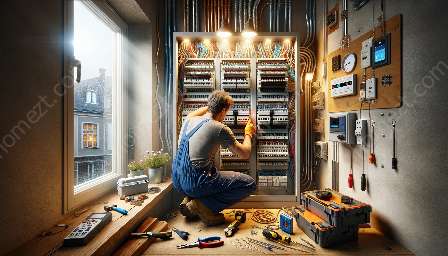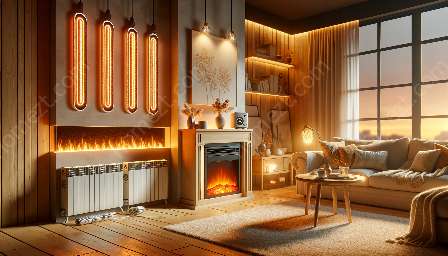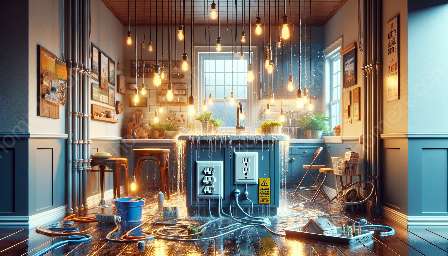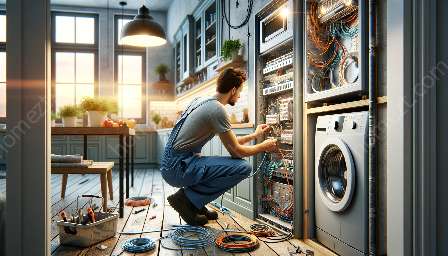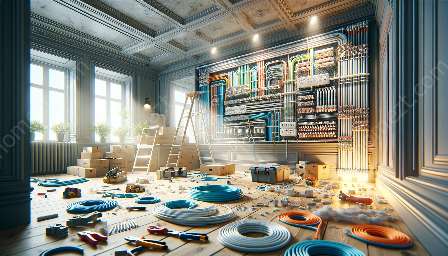When it comes to home improvement, electrical cooling systems play a vital role in ensuring comfort and energy efficiency. In this comprehensive guide, we will explore the different types of electrical cooling systems, their benefits, and how they can be integrated into your home. Whether you're looking to upgrade your current cooling system or embark on a new project, understanding electrical cooling systems is essential for creating a comfortable living space while conserving energy.
How Electrical Cooling Systems Work
Electrical cooling systems utilize electricity to remove heat from a space, providing a comfortable environment regardless of the temperature outside. These systems often include components such as compressors, condensers, evaporators, and refrigerants, all working together to transfer heat from inside your home to the outside environment.
Depending on the type of electrical cooling system, the process of heat transfer may vary. For example, air conditioning units use refrigerants to cool the air, while heat pumps can both heat and cool a space by transferring thermal energy between the indoors and outdoors.
Types of Electrical Cooling Systems
There are several types of electrical cooling systems to consider for your home improvement project. One common option is central air conditioning, which distributes cooled air through ducts and vents, providing consistent cooling throughout the entire house. Additionally, ductless mini-split systems offer a more flexible and energy-efficient alternative, allowing for targeted cooling in specific areas of your home without the need for extensive ductwork.
Heat pumps are another popular choice, as they can both cool and heat your home, providing year-round comfort. These systems are particularly efficient in moderate climates and are often favored for their energy-saving capabilities.
Benefits of Electrical Cooling Systems
Integrating electrical cooling systems into your home improvement project offers numerous benefits. First and foremost, these systems provide a comfortable living environment, allowing you to escape the heat and humidity during warm months. By investing in energy-efficient models, you can also reduce your electricity costs while minimizing your environmental impact, contributing to a sustainable lifestyle.
Furthermore, modern electrical cooling systems often come with advanced features such as programmable thermostats, air purification, and smart technology integration, enhancing convenience and air quality in your home.
Integration into Home Improvement Projects
Whether you're remodeling your existing home or building a new one, integrating electrical cooling systems is a crucial aspect of any home improvement project. Consider consulting with professional electricians and HVAC specialists to determine the most suitable system for your specific needs and space requirements.
When planning your project, take into account factors such as the system's capacity, energy efficiency ratings, and zoning capabilities to ensure optimal performance and comfort. Additionally, explore potential incentives and rebates for installing energy-efficient electrical cooling systems, which can offset initial costs and provide long-term savings.
Conclusion
Electrical cooling systems are essential components of any modern home improvement project. By understanding how these systems work, exploring the various types available, and recognizing their benefits, you can make informed decisions to enhance the comfort and sustainability of your living space. Whether you're aiming to create a more energy-efficient home or simply seeking a relaxing indoor environment, electrical cooling systems are invaluable assets in the realm of home improvement.

